Hi there,
I had the chance to take a look at Acebeam's latest flashlight, the W30 LEP flashlight. This sample here is a passaround item courtesy by Mr. Sven Stewitsch (www.stewitsch.de), being reviewed by a couple of TLF members. I did not receive any compensation for this honest and unbiased review. If you want to read the German version, please click ► here ◄.
Acebeam's W30 is - like its little predecessor W10 - a LEP flashlight. LEP is the abbreviation for "Laser Excited Phosphor". To explain it in simple words: LEP is a high yield energy laser (mostly with short wavelength in the blue spectrum) that is being deflected by a mirror/optic onto a phosphor layer (similar to those of classic LEDs). Once the laser beam hits the phosphor layer it will be excited, i.e. it emits white light which is then being focussed by a convex lens to achieve a maximum intensity (= high range). The benefit compared to classic LED flashlights with LED and reflector is a much more focussed beam that achieves incredible 1.45 million cd (equals to 2.4km of ANSI range) with a head diameter of only 61mm.
Appropriate safety precautions are indispensible when using a flashlight like this one.
Acebeam's W30 is ranked as follows i.a.w. IEC 60825-1:2014:
Maximum output power: 12W
Wavelength: 500nm - 650nm
Laser warning class: 2M
Some specs about the Acebeam W30

Packaging and content:
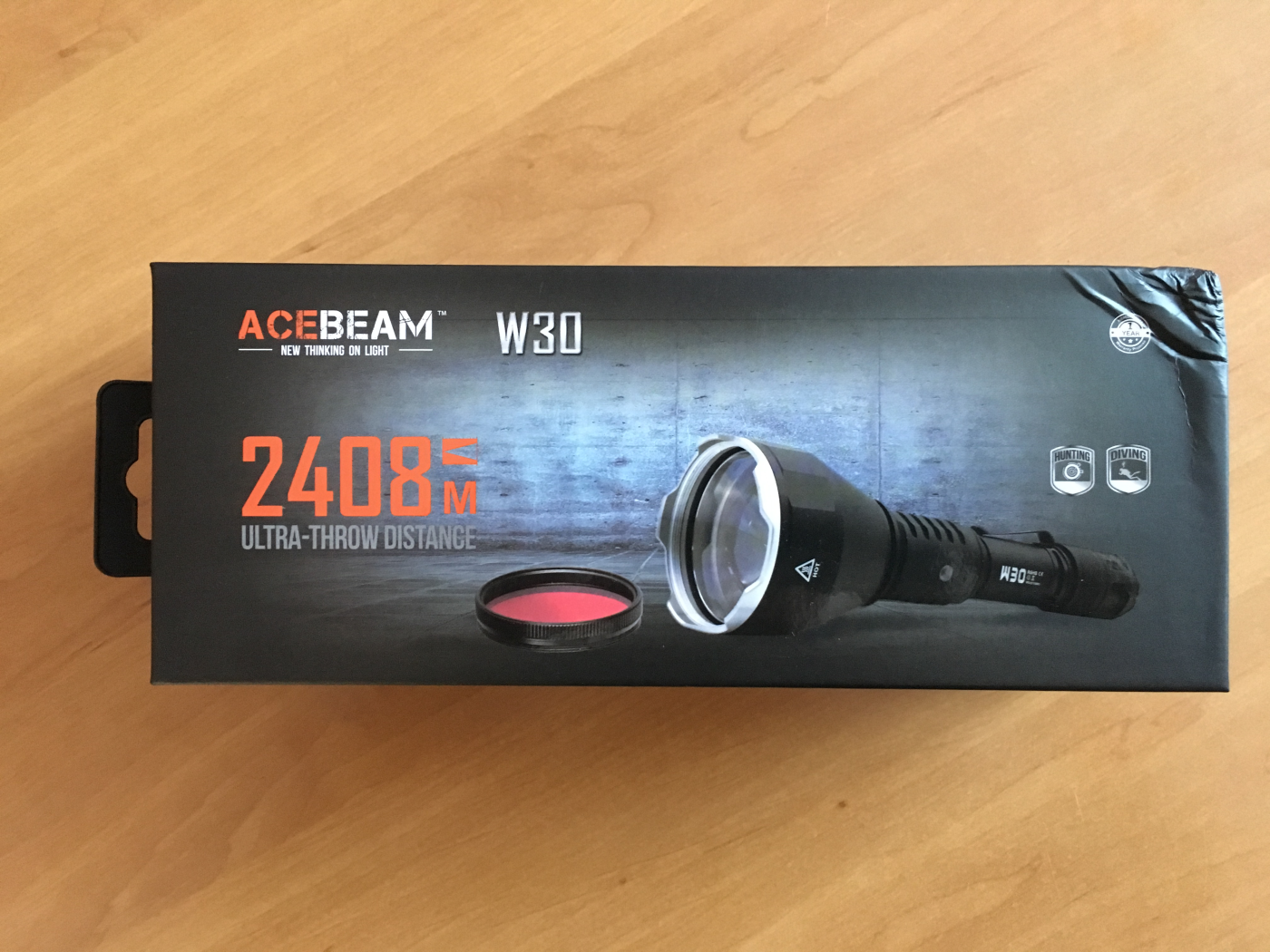




Apparently, there will be more variants of the W30. But it is worth discussing how reasonable a HighCRI version is for throwers and if this version will be as efficient and powerful as the LowCRI version. Usually, HighCRI LEDs are much less efficient compared to their LowCRI counterpart.

Size comparison:
Unfortunately, I didn't have access to my Acebeam T27 when I did the review. So, I used some other flashlights instead that were introduced in 2019, too.
From left to right: Convoy M3 (XHP70.2 N4-7A 3.000K), Acebeam W30 (LEP 6.500K), Sofirn C8G (XHP35 HI 6.500K).
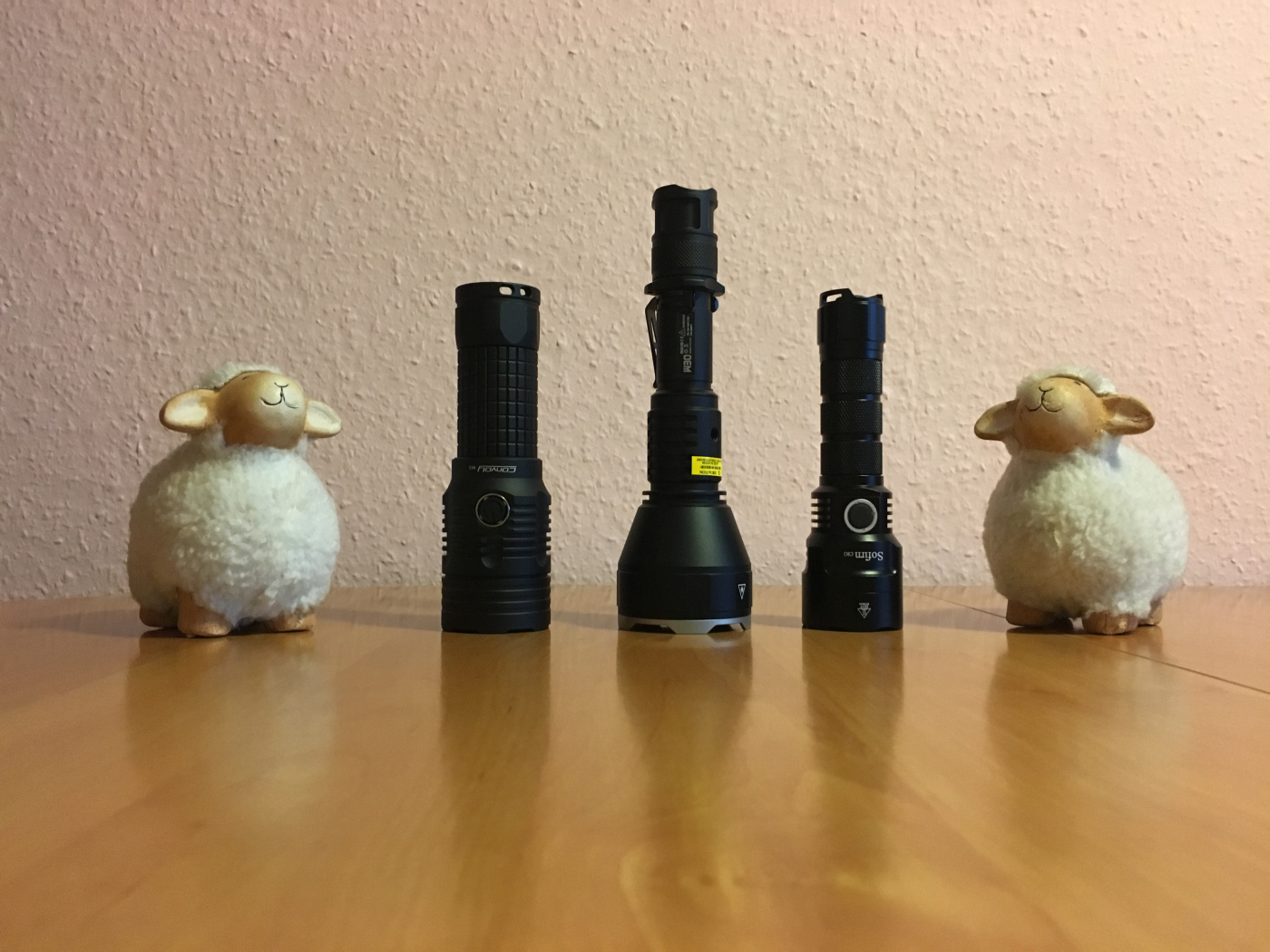
A close-up look onto the W30
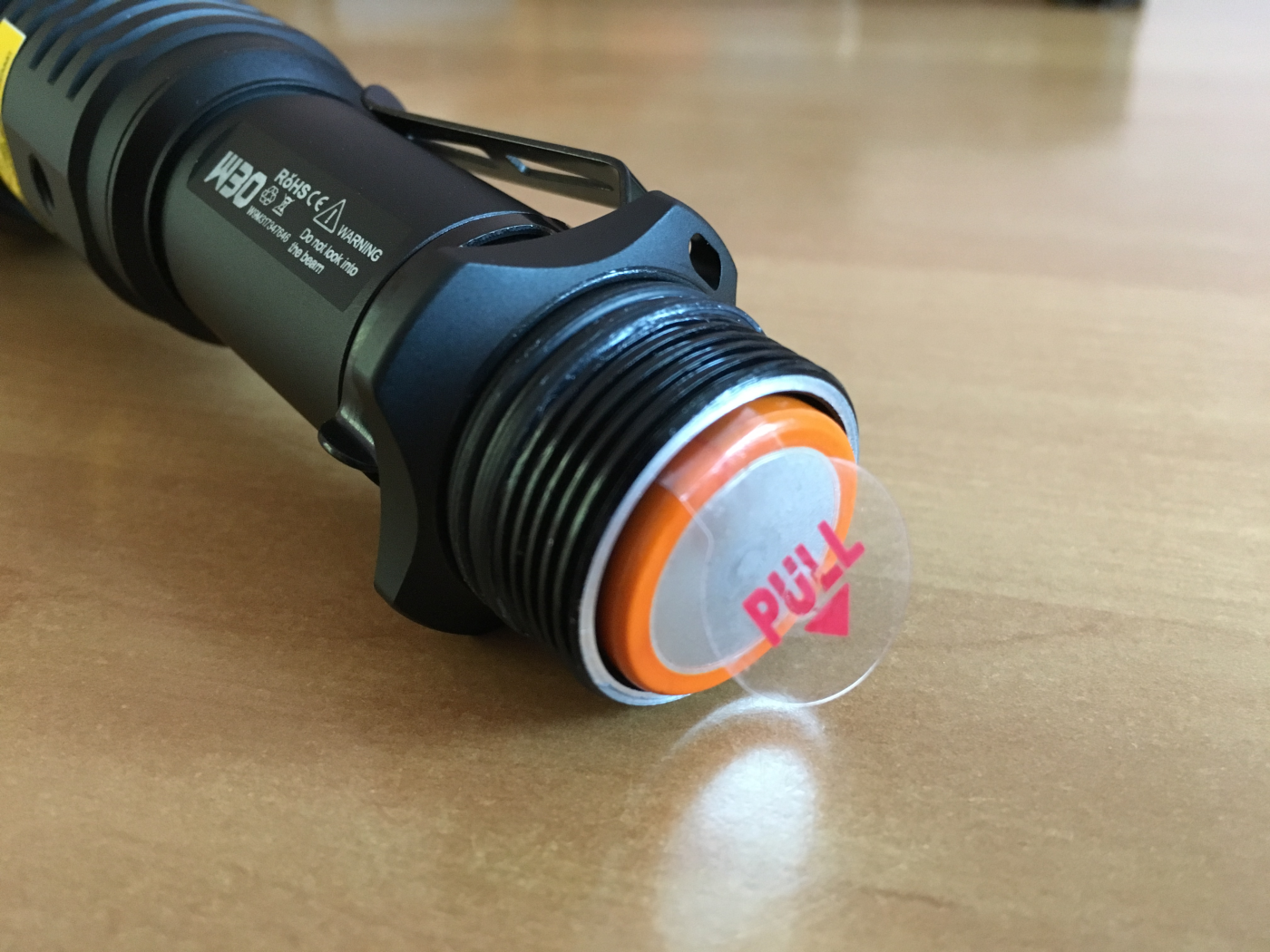
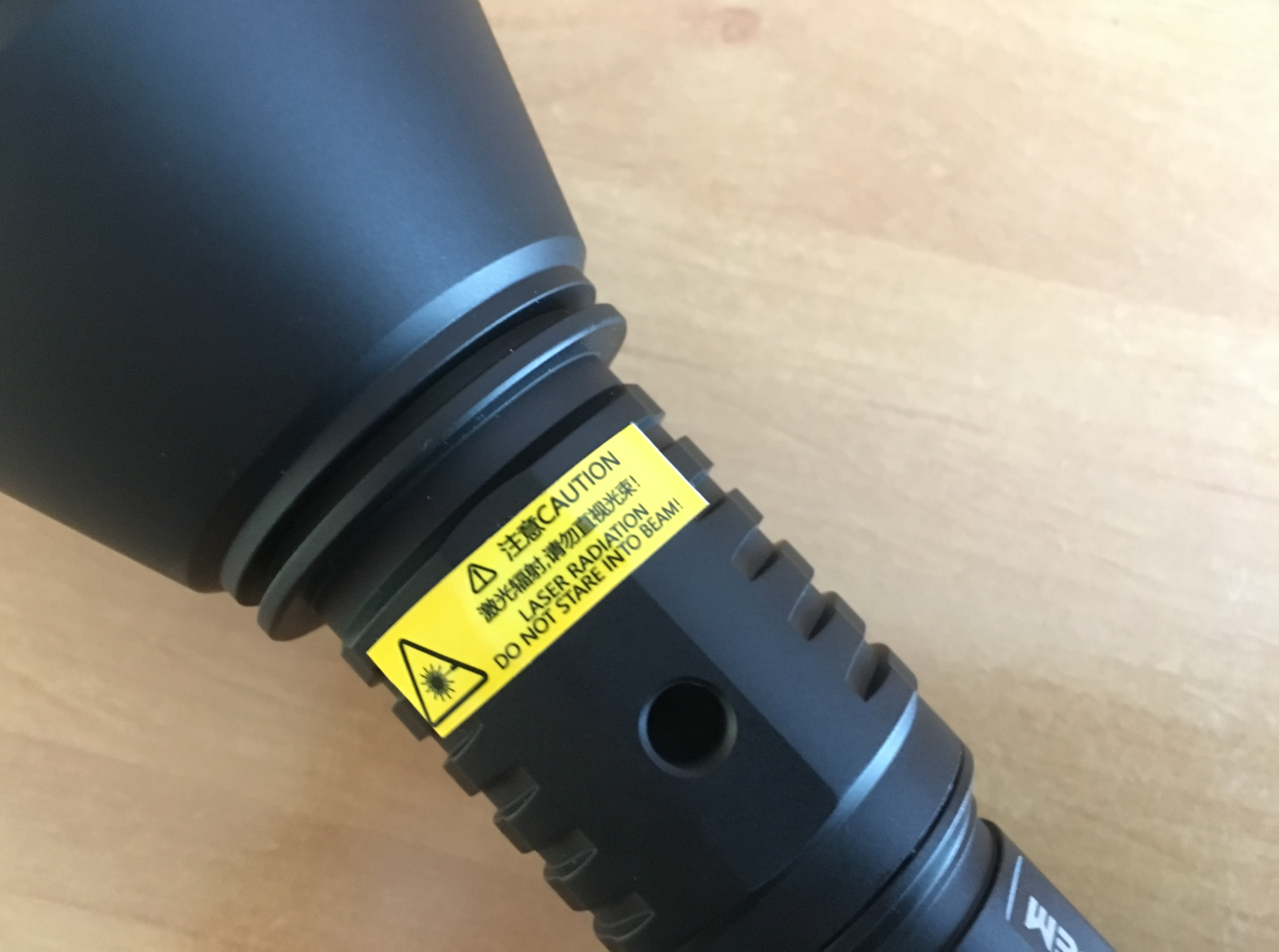
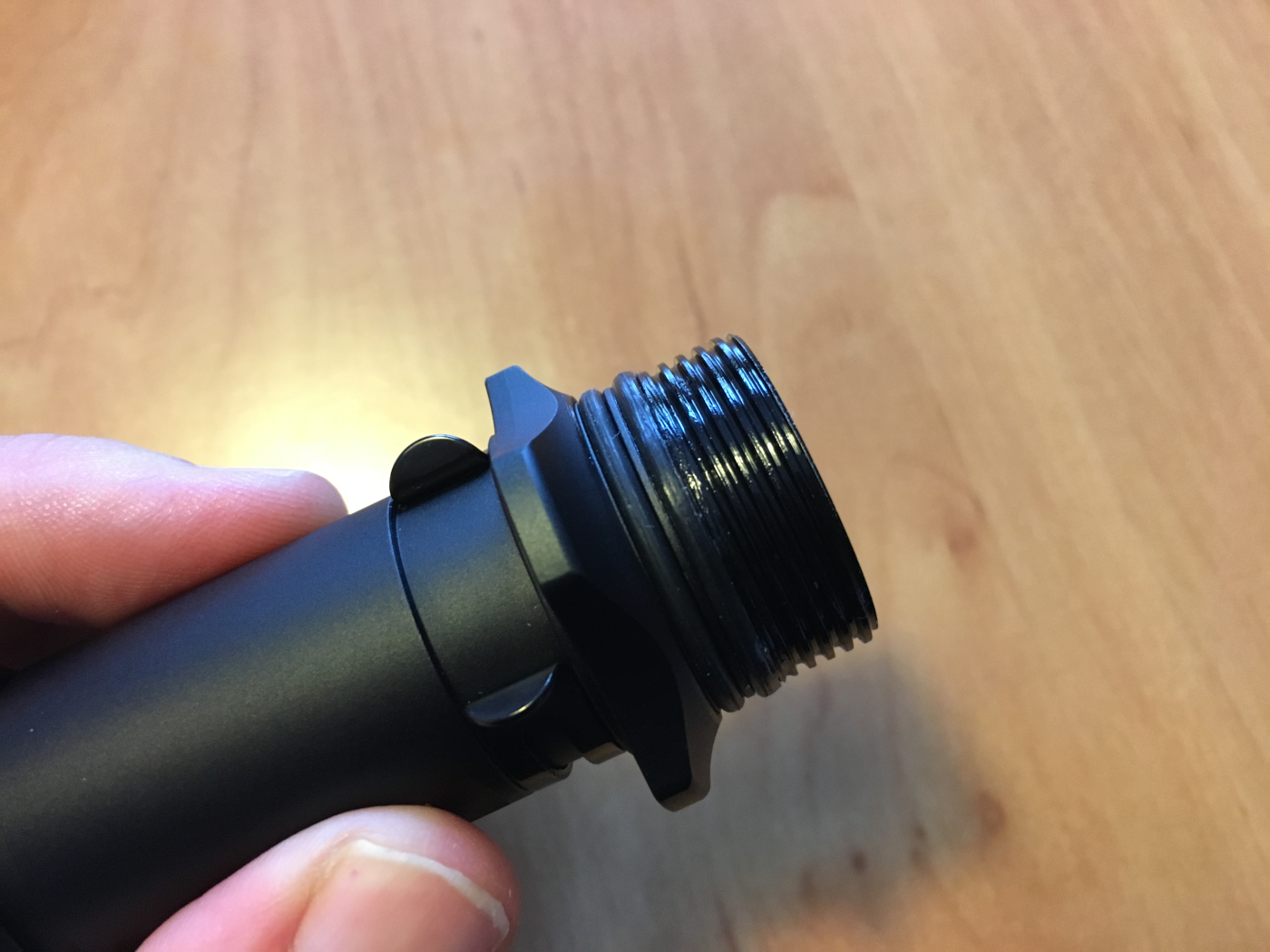
The light can be dismantled into three parts, head, battery tube and tailcap. The battery is protected against accidental activation and discharge during transport. There is a clearly visible warning sign attached to the light, telling you to not look into the beam. Moreover, there's a tripod socket as well as battery indicator light (not visible on the picture) that shines green when the battery has sufficient voltage. Threads are very well lubricated, so I had to clean the contact areas on the tube's ends to reduce contact resistance as much as possible. The tactical ring can be removed but first you would have to remove those two o-rings.

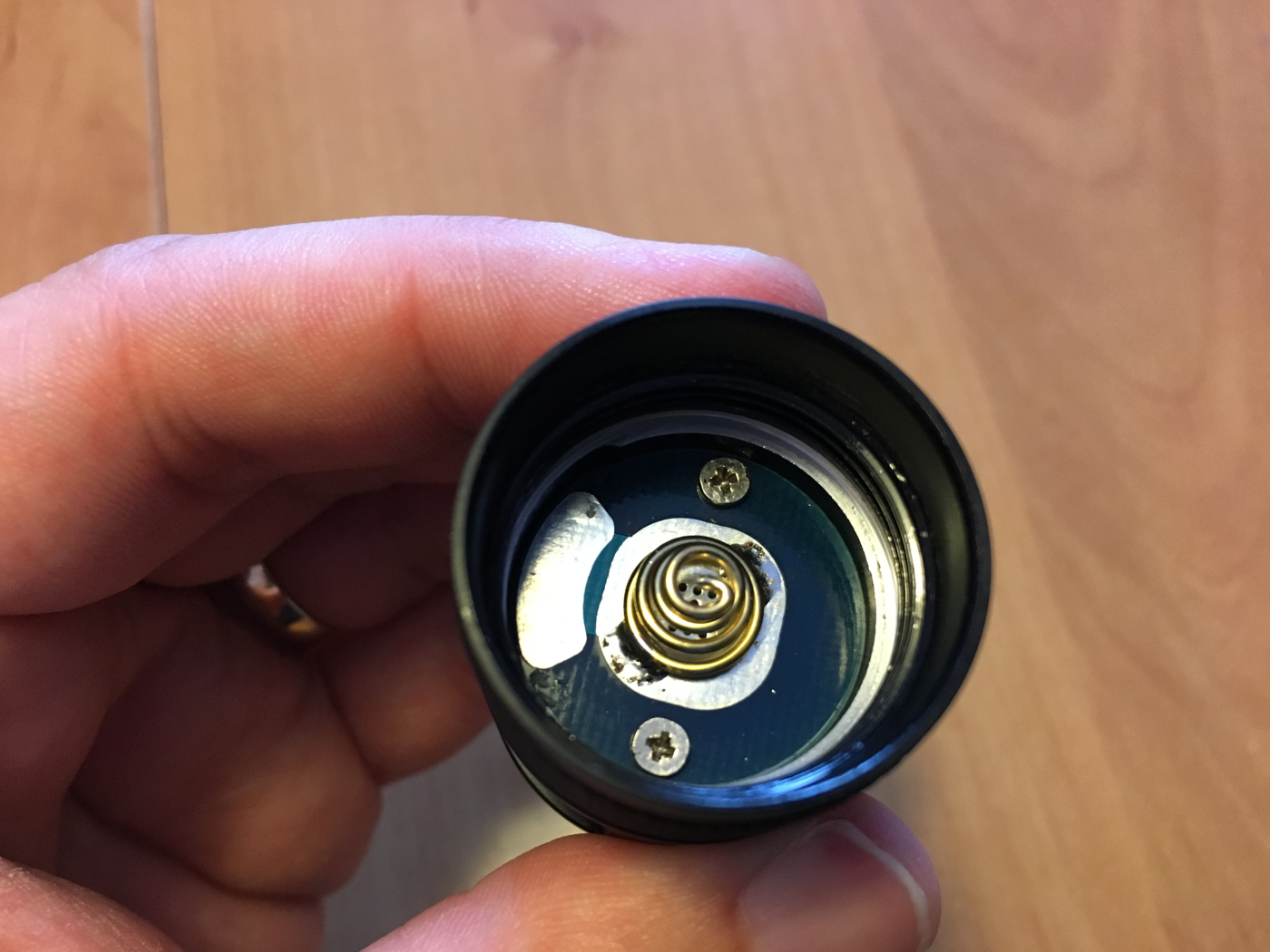
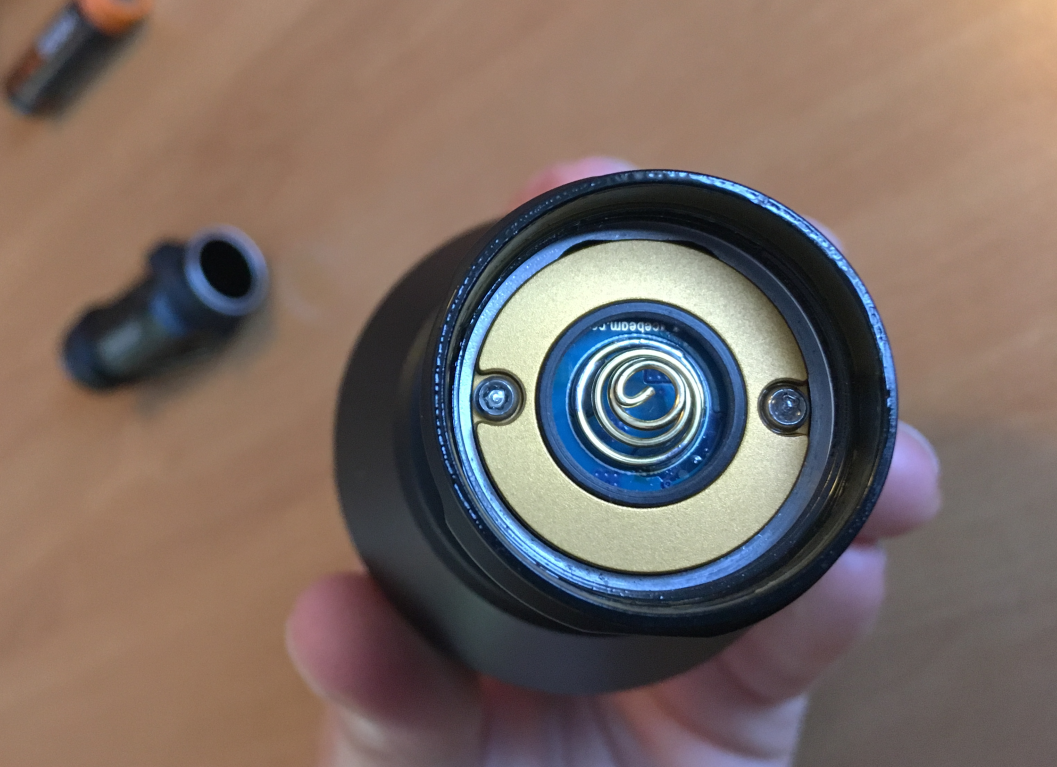
Acebeam uses a metal tailcap. This seem to look nice in terms of appearance but there's a risk of having lots of unpleasant scratches (some are already visible although brandnew from factory). Furthermore, I would prefer a black tailcap made of rubber as it would fit better to the entire matte-black flashlight. In terms of cloaking and for military/tactical purposes people would also prefer to have as less reflectible material as possible when using a flashlight. The tactile feeling of the switch is okay, i.e. not too cushy and not too stiff.
The tailcap PCB is fixed by screws. I assume that Acebeam did not decide to use spring bypasses or double-springs due to a low current consumption of about 3A.
A quite similar look is presented in the head unit. The driver appears to be held in position by a retaining ring which again is fixed by two screws. These screws seem to be glued to prevent any further dismantling. The retainer is in a raised position compared to the outer aluminum rim, i.e. cleaning the flashlight's head from abrasion will be more difficult than usual.

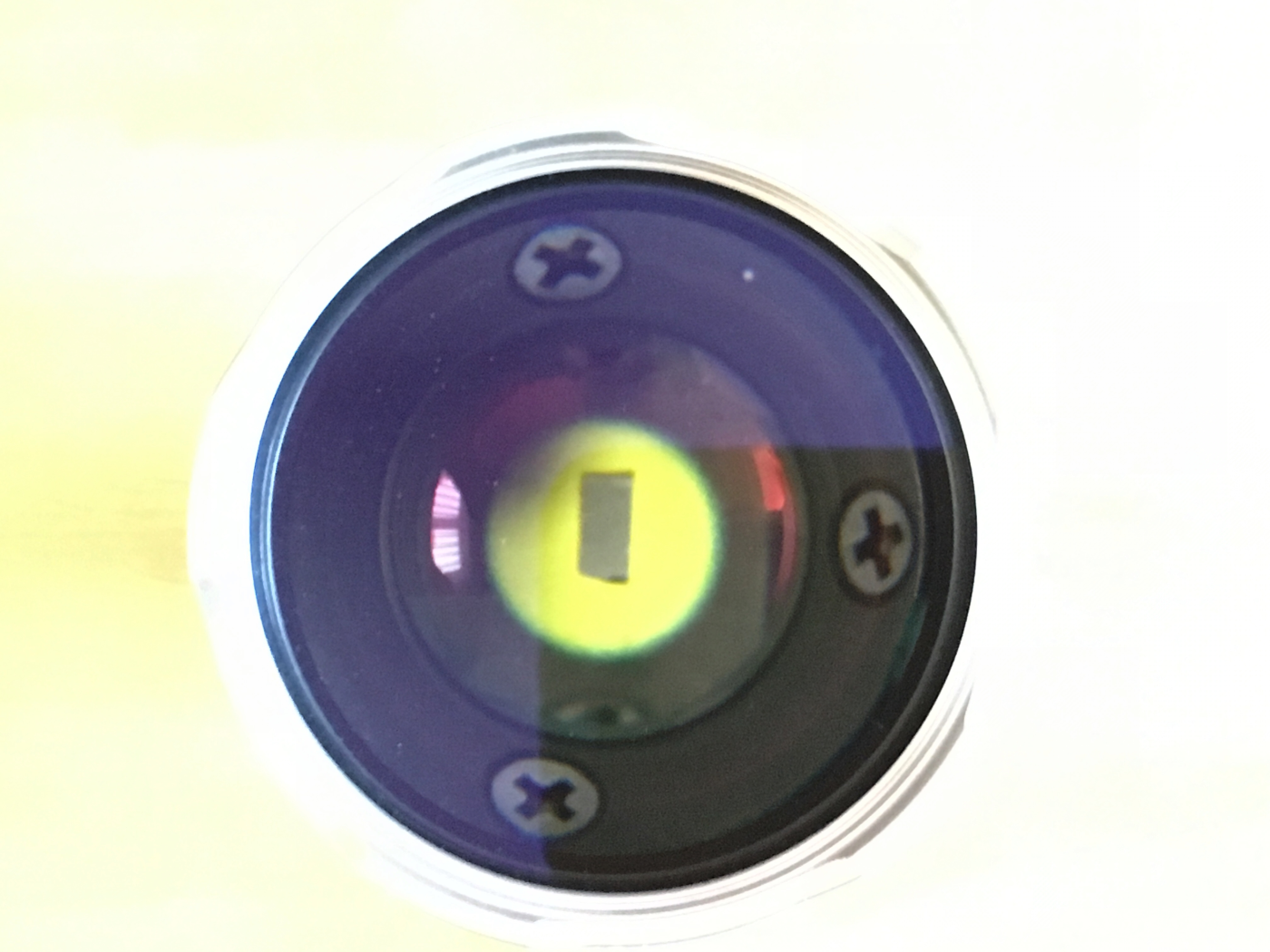

The glas lens is AR-coated. The inner rim of the bezel ring has threads to use the supplied red filter. A look into the front part reveals the inner structure of the LEP technology. You can see the convex lens, the mirror unit and the yellow phosphor layer. The supplied Acebeam 21700 battery has a microUSB port and a small LED next to the positive terminal to indicate its charging status while charging.
Operation
The W30 has the simplest user interface anyone can imagine: ON / OFF by pressing the tailclicky switch. There's nothing more to pay attention to. The light gets quite warm during long-term operation, mostly in its middle part. Unlike classic LED flashlights where the entire head unit becomes hot after a while the W30 only gets warm in its center area around the laser module. However, heat transfer is good and it never became uncomfortable even with ambient temperatures of 26°C.
Indoor beamshot comparison
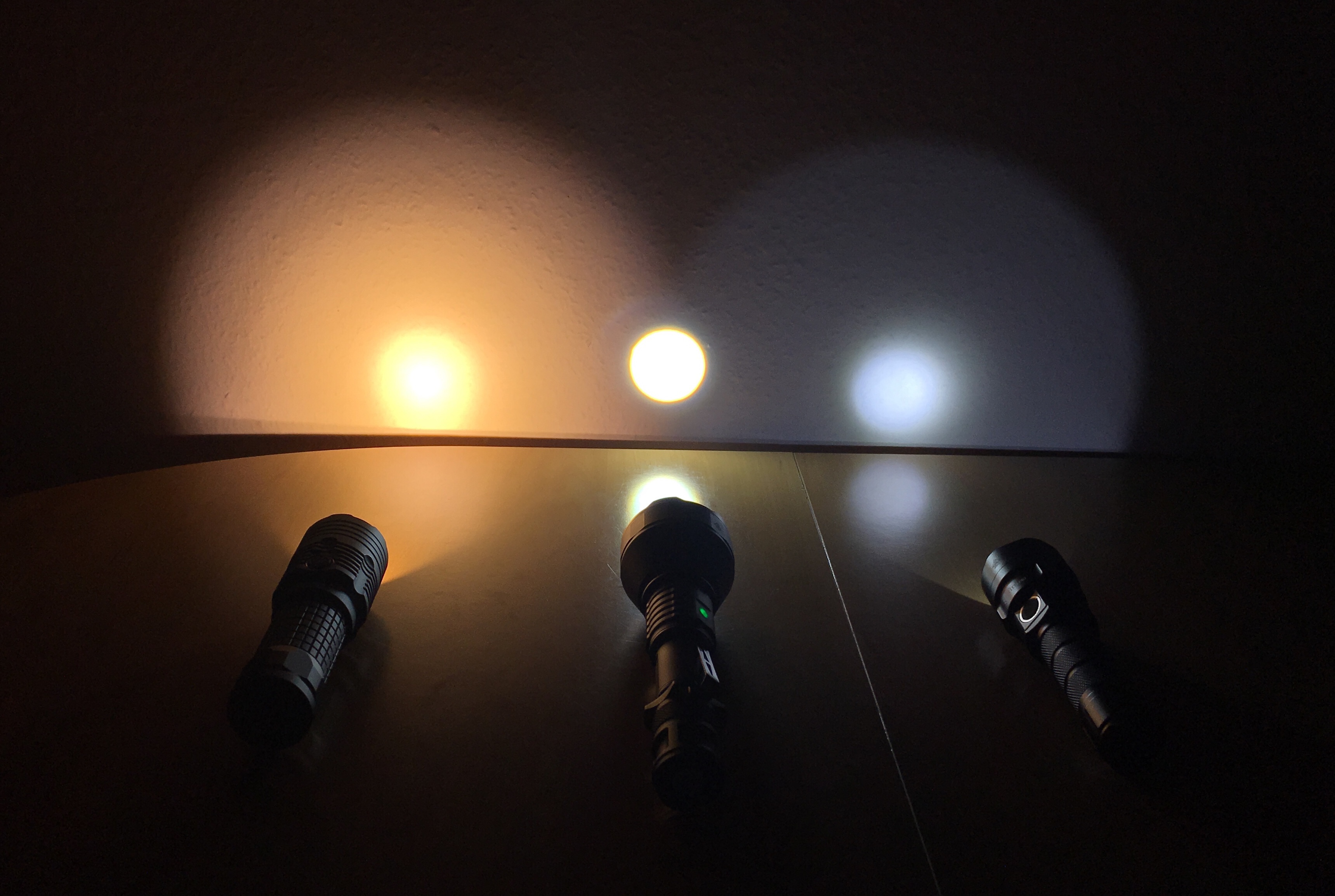
From left to right: Convoy M3 (XHP70.2 N4-7A 3.000K), Acebeam W30 (LEP 6.500K), Sofirn C8G (XHP35 HI 6.500K).
The reflection of the W30's light beam was so intense that my eyes started to hurt. In order to get a useful image, I had to take an underexposed shot. Here you can see a very well-defined hotspot of the W30 with no spill whereas the M3 and C8G show the typical spill of reflector lights. The W30's CCT looked very neutral-white to me compared to the cold-white C8G, even though both lights have the same nominal CCT of 6.500K.
Outdoor beamshots
First of all I need to say, caused by physical factors, it's quite a challenge to take useful beamshots of LEP flashlights as the light hitting the sensor area of your camera is too far away. Moreover, there's no spill to illuminate your surrounding area. As a result, useful pictures can be better achieved with SLR/bridge-cameras and not by freehand-held smartphones, as can be clearly seen below. So, please excuse the poor quality of my pictures with colour noise and blurriness. I hope you still get a feeling of how the W30 looks like in operation.
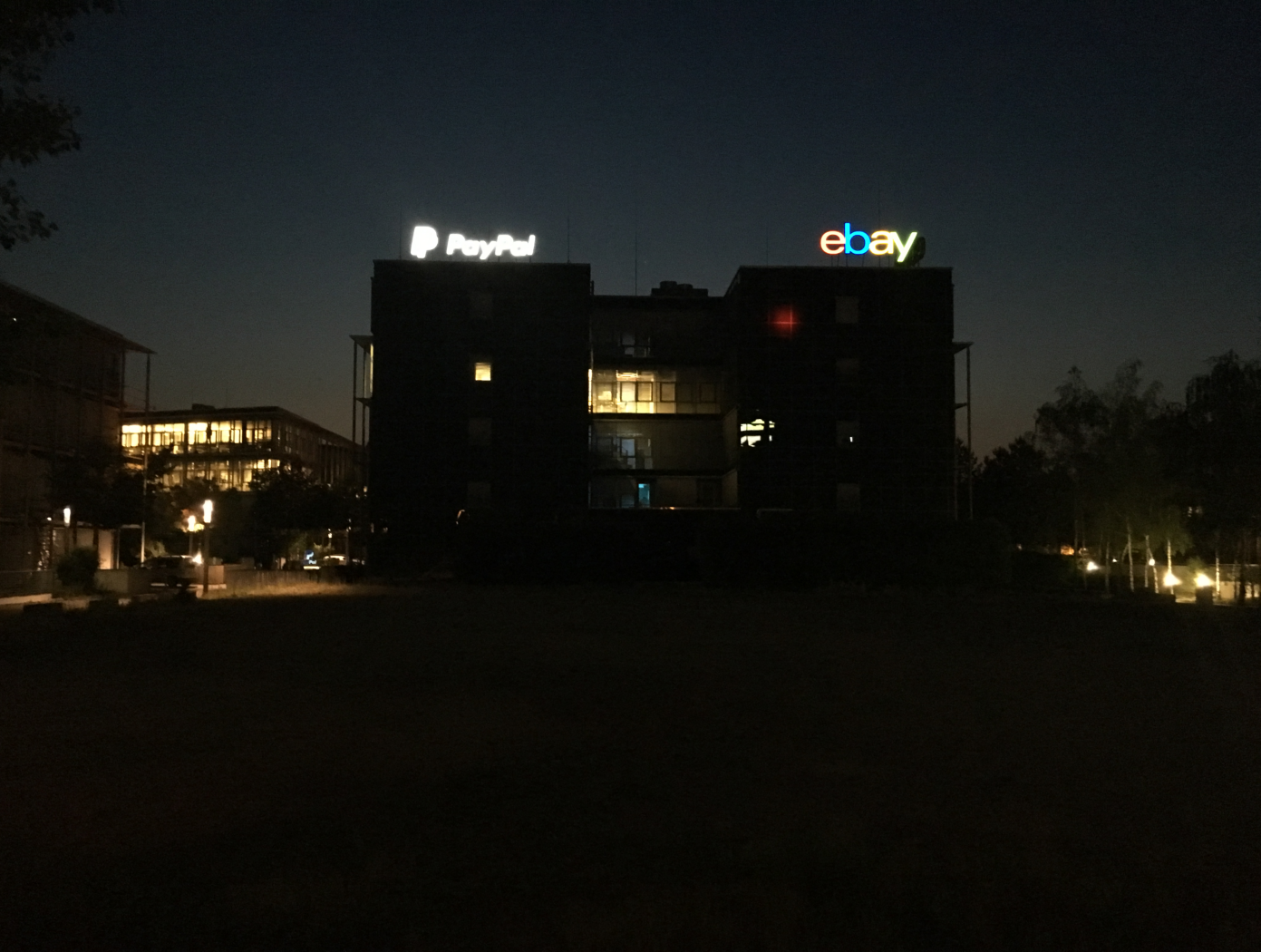
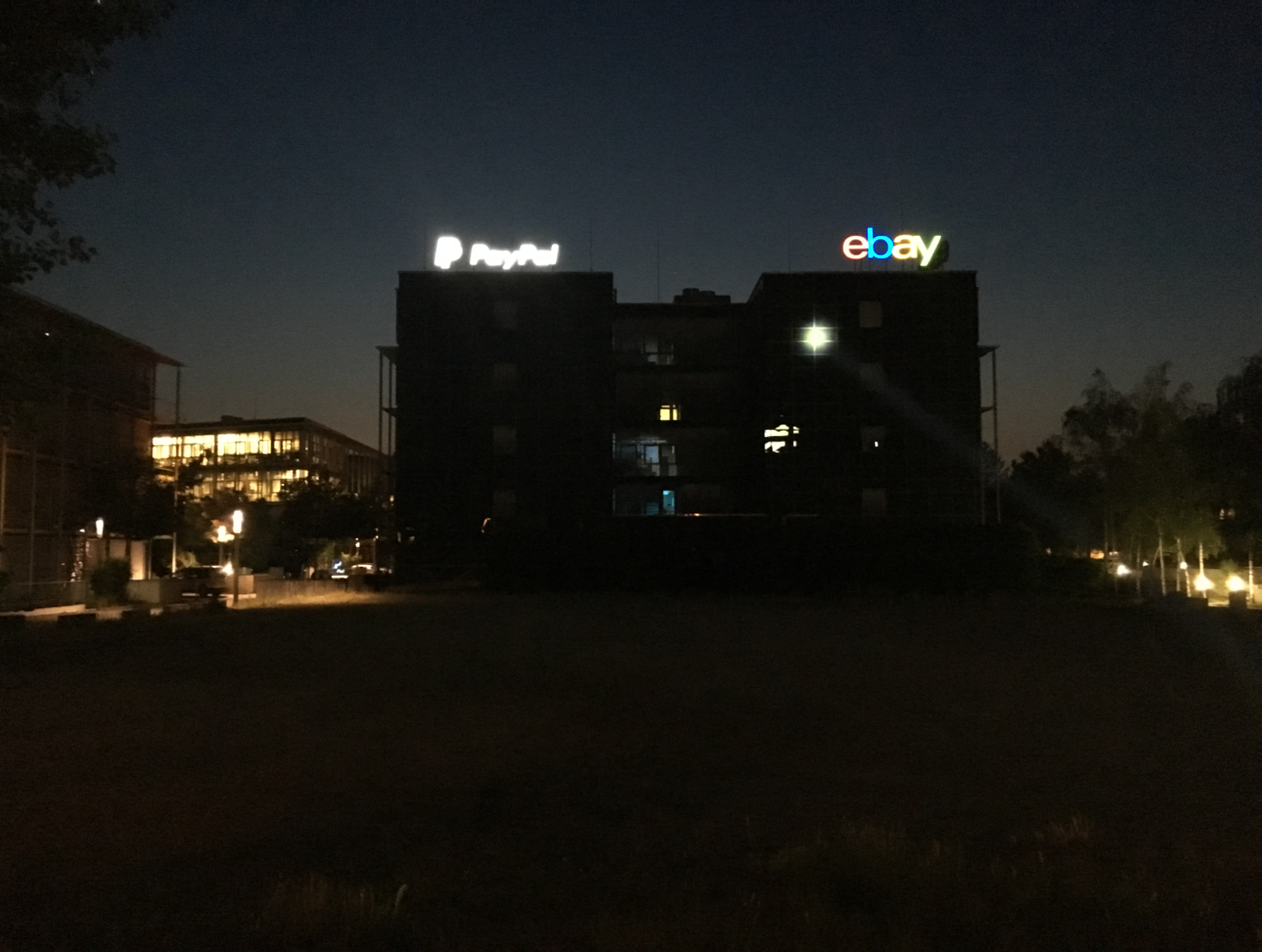
Left: with red filter attached / Right: without red filter attached
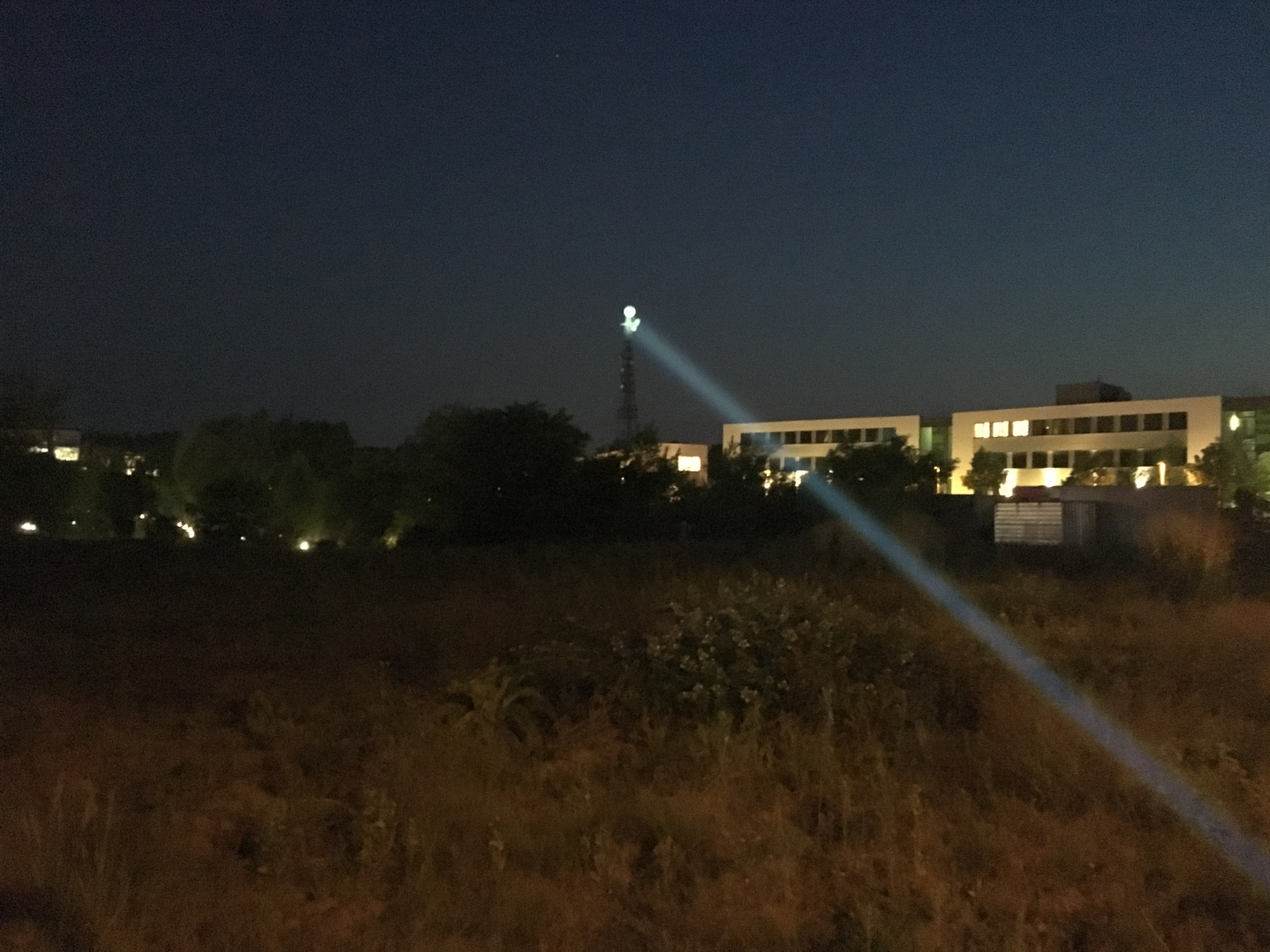
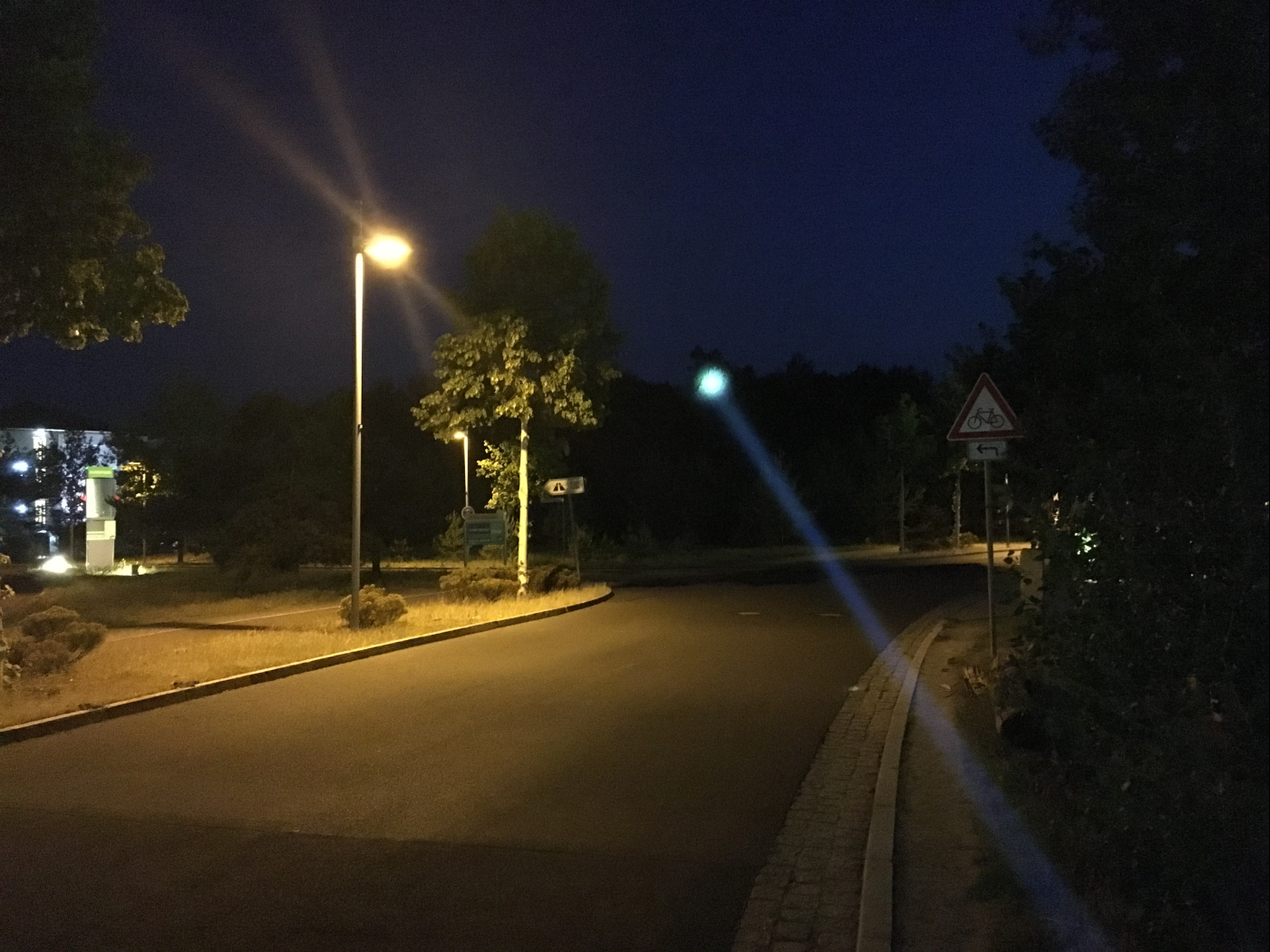
Left: cellular network tower in about 500m distance / Right: treeline in about 100m distance


Left: treeline in about 400m distance / Right: building in about 70m distance
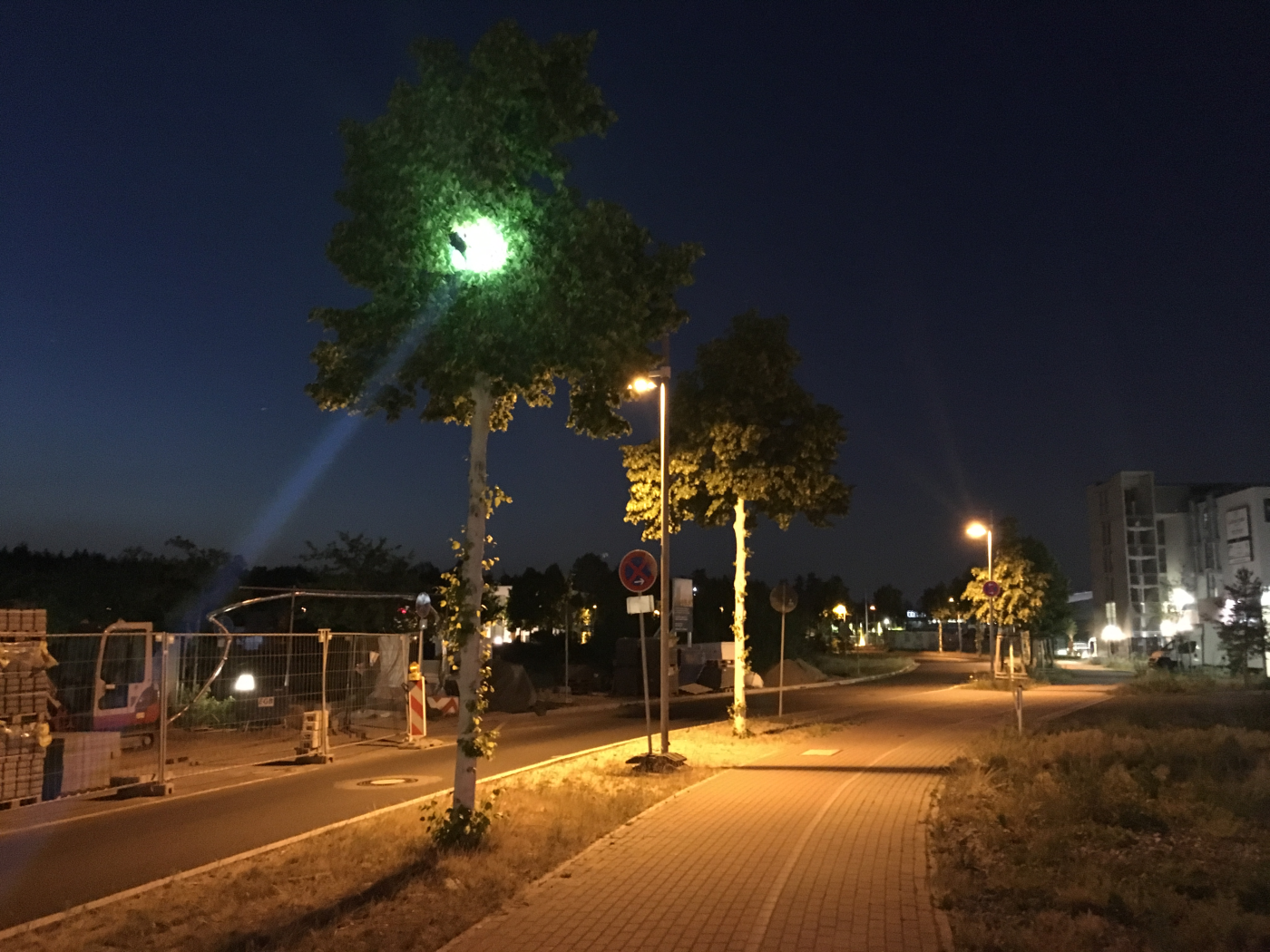
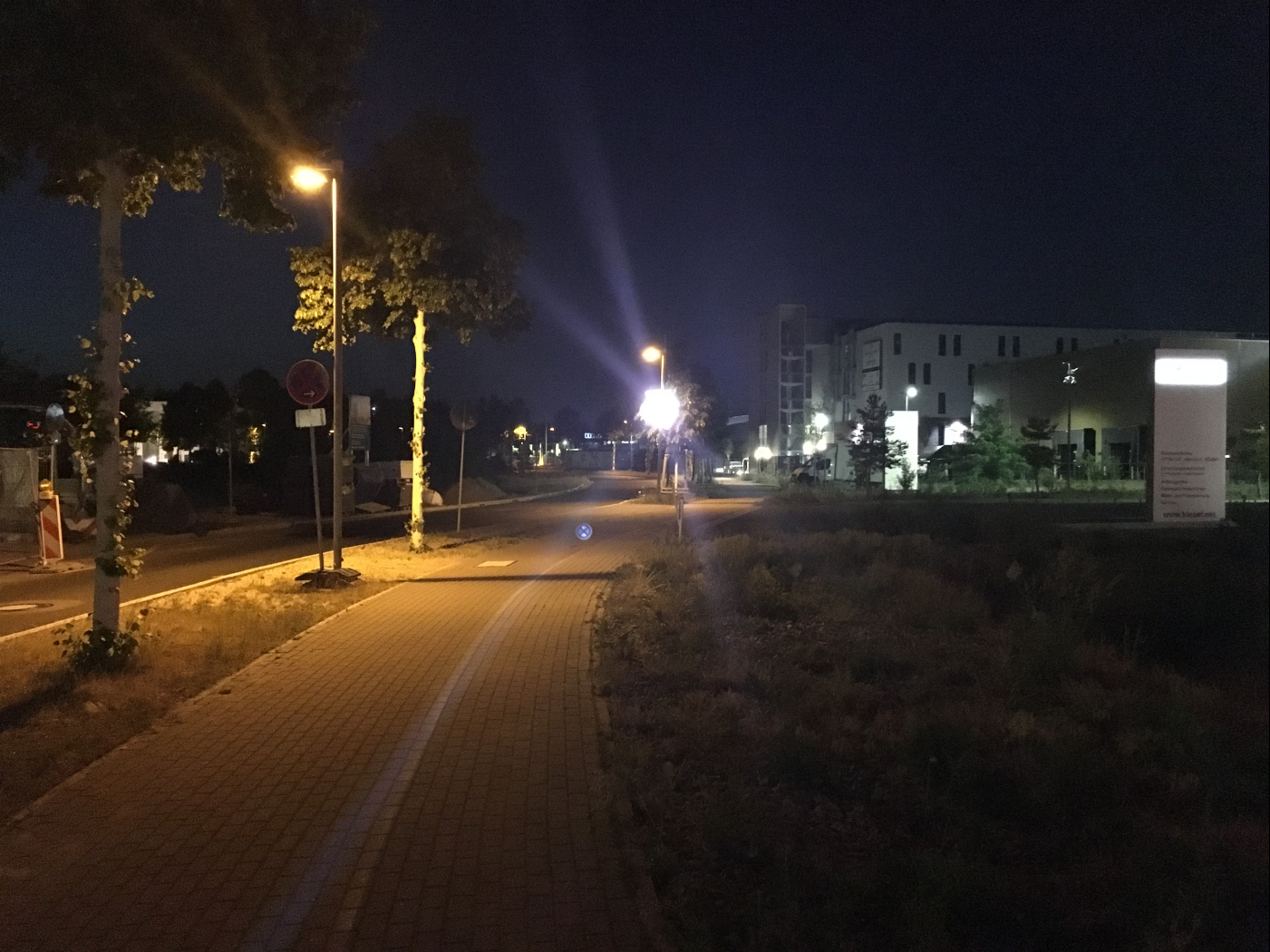
Left: treetop in about 8m distance / Right: illumination of a traffic sign (highly reflective)
Verdict:
With the W30 Acebeam has launched another impressive flashlight. Even though it has only 500 lumens far distance targets look brightly illuminated. Acebeam's target group is probably very small as LEP lights are not intended for mainstream purposes.
What I like about it:
- If you are looking for the ultimate thrower at least possible size, the W30 is the best choice.
- Workmanship and handling are very good, the accessories are extensive except for a holster.
- The light colour is against expectations quite neutral and does not feel like cold-white 6.500K
- The W30 will not get too hot, mostly due to its moderate power consumption
What I dislike about it:
- The price is quite high with about 286,00 Euros. This may be due to its new technology, small sales numbers and the small target group Acebeam will hit with this product. So far, Acebeam has very few competition here except for Weltool with their W3.
- Unlike with the T27 Acebeam does not include any holster with the W30.
- The red filter lens is a nice add-on. However, you won't get very much (red) light into the distance with the filter attached to the light.
- The retaining ring is in a raised position which makes it hard to get into the outer rim for cleaning the head unit. Moreover, Acebeam seems to take actions against modding as those screws appear to be glued.
Best regards,
Thomas



